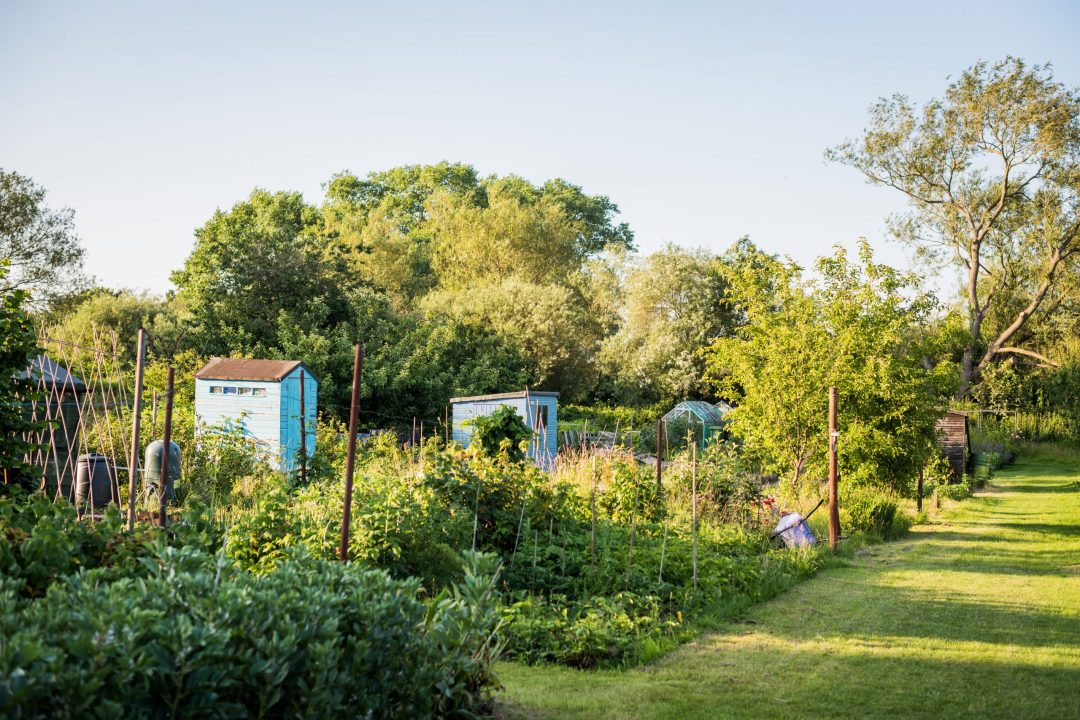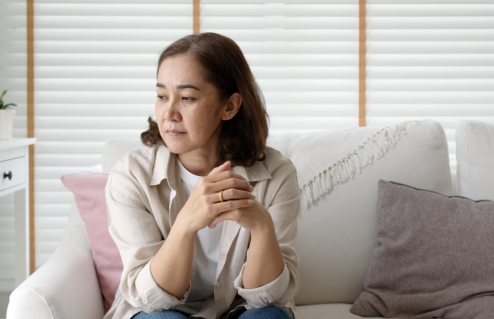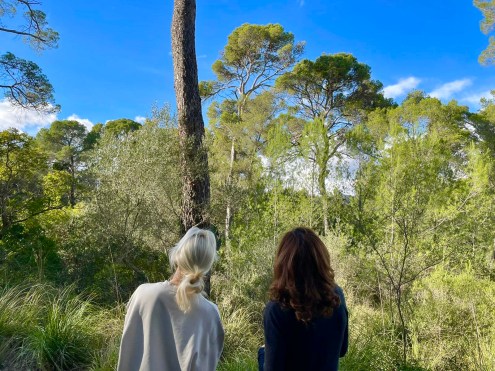Mindfulness in gardening
By connecting with the ebb and flow of nature through gardening, writer and gardener, Alan Coxon discovered how to be more mindful during a challenging time in his life

My older relatives might have wondered what mindfulness was. My grandparents would have been involved in “Dig for Victory”, and my parents’ generation influenced by the self-sufficiency movement of the hippy era: both seemingly motivated by production.
Whilst to some extent this was true, there was more to it. Dig for victory could not provide all your needs – though no doubt helped food supply as a nation. There was maybe a greater joy in feeling like you were “doing something”, and whilst they might not have been able to “pack their troubles in your old kit bag”, you could put a spade in your hand. It offered fresh air after the factory, and a promise of fresh, free food.
Similarly, with the self-sufficiency movement. Whilst technically possible to become self- sufficient, in reality is usually unattainable. This movement was far more to do with escaping modernity, the worries of the cold war, cultural uncertainty, and industrial unrest. It was about connecting with the earth, growing, baking, preserving, crafting, existing – it was about giving life and living.
As humans, I believe that we have a base instinct to grow and nurture. We have just forgotten this.
My first exposure to “mindfulness” was when I saw a locum doctor several years ago when suffering from an emotional crisis. He prescribed a sheet of paper with some mindfulness exercises on it and advocated it highly. When pressed, he also prescribed some tablets, which were mighty effective.
The mindfulness exercises included what seemed to be the standard advice: for example, finding a quiet spot, and chewing a single raisin, focusing on its texture and flavour. I was dissatisfied with what was presented. I had previously become aware of mindfulness and it’s benefits from others – friends and colleagues, and they advocated it highly. However, what I had been given did not seem to match their experience, and indeed I found it unhelpful. Unknown to me, I had started a journey to find a deeper version of mindfulness that I related to.
Anyhow, the tablets allowed for some sleep, and with a bit of time off work, I returned to the allotment.
Like me, it had gone a bit to seed, but also like me, with a bit of work, all was heading in the right direction again. In this process I discovered that I possessed mindfulness, I just needed to reconnect with it.
Weeds were pulled, rows were hoed, pests attended to and plants nurtured. Having a few days off (and some fair weather) allowed me the space to grow my plants, and to grow in myself. I reconnected with mother earth.
I have always had an affection for a neat veg patch. A thing of beauty. Neatly ordered, productive, tranquil, synchronised with the season.
Growing vegetables involves working with nature and in nature: The robin perching on the spade, the blackbird hopping about like old friends. The worm toiling below and the bee buzzing above. At any opportunity I will go and inspect a vegetable patch or kitchen garden. It might be at a grand country house like Chatsworth in Derbyshire, the allotment of an older chap who has a pint at my local, the little patch my nieces have crafted and attend to with pride, or a mate in a town with no garden who has a marvellous crop of hanging basket tomatoes.
This connection with nature is the very stuff of life. The movement of the seasons, the unpredictability of the weather, the triumphs of a beautiful plant or a bountiful harvest, the challenge of the adversarial pest destroying your crop, the elements – too dry, too wet, windy, frosty, long nights, hot days.
On consideration I discovered that there is mindfulness in all gardening, however, productive crops have another level – the produce.
I like the feel of the soil: is it clay, loam or sand, wet, or dry? Is the tilth fine enough for seeds, firm enough for sprouts, deep enough for beans? All connects you with nature. All grounds you.
I discovered that all gardeners have favourite activities. Many gardeners love the setting out of seeds and plants. Almost all love the harvest. Some like the planning, some even like the digging.
I love the maintenance; the perfect moment in late May or early June when all is promise and tidiness. I love the preparation; the planning of next year’s rotation, the bit of paper with the rows drawn on, the vision of that perfect day when all is as it should be.
However, there is so much more.
There is the delight in the taste of that first carrot, the first new potato, thinning the beetroot seedling and it forming a salad, even finding the errant nettles and making a soup from them. Sitting in the garden patiently podding peas with a cider to hand, sprouting broccoli in abundance in spring.
The crisp winter morning when all is bare, spreading manure to feed the soil and the worms. Picking frosted sprouts, the late summer harvested potatoes from the sack in the shed, carrots from the clamp, squash from a net. Sitting in the sun with a tea after digging the ground, looking at neat rows after an early May morning hoe before catching the train to work.
The bees on the flowers, busy about the herb bed. The glisten of drops after rain or morning dew, dry warmth on a summer’s day. The mysterious abundance of spiders in autumn, the bird song on a spring evening. The smell of fresh herbs, the sweet scent of flowers, the earthy smell of the soil, and even the tang of the manure. The sanctuary of the shed, the camaraderie of fellow growers.
There is beauty in any growing, give a child an empty eggshell, damp cotton wool and some mustard seeds, and you will see.
In mindfulness is where you find it – and can be ever present. The planning, digging, manuring, preparing, sowing nurturing, watering, growing, harvesting, looking and eating. There is beauty and presence in all and any of these. It’s the being present in yourself, the ability to connect with the world and nature. To be with the plants. To hope for the best and accept the worst. You can only guide, never control.
The secret is to enjoy it, be immersed in it. Look at the details, imagine the bigger picture. Smell the aromas and savour the tastes.
Admire nature in all its glory and become one with the world.
Alan writes about nature and the seasons on his blog here.
Image: Getty Images.









